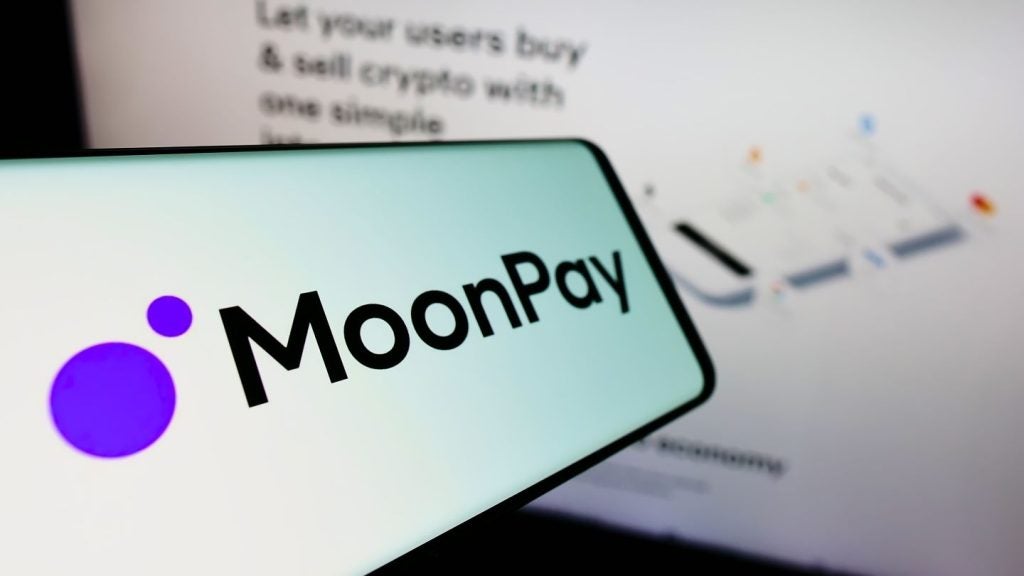The US government has consistently demonstrated its willingness to leverage economic tools—including financial services—to influence other nations. A prime example of this was in 2014 when Visa and Mastercard were required to withdraw services from Russia as part of international sanctions, ultimately leading to the creation of Russia’s domestic Mir payment system.
While such a scenario once seemed unthinkable for European countries, recent developments suggest that the risk is not negligible—particularly as figures like Elon Musk begin influencing US payment infrastructure.
In the UK, the only viable alternative to US-dominated card networks (following the sale of the domestic Switch scheme to an American company) is Open Banking. However, could Open Banking realistically fill the gap if major US payment schemes were weaponised and forced to suspend services in the UK? Here, I’ll explore three critical elements required for Open Banking to emerge as a credible alternative.
Consumer trust and usage
For Open Banking to be a viable replacement, consumer trust and widespread adoption is essential. Open Banking has been growing steadily, with payments made reaching over 200 million transactions in 2024. However, this figure remains a fraction of the UK’s total card transactions. For example, there was 383 million credit card transactions in September 2024 alone. Clearly, Open Banking still accounts for a very small total of transactions in the UK.
To build trust, Open Banking Limited is working on introducing consumer protections similar to Section 75 of the Consumer Credit Act, which safeguards consumers against fraud and disputes on credit card purchases. Additionally, the Payment Systems Regulator (PSR) has mandated reimbursement for victims of authorised push payment (APP) fraud in Open Banking transactions. However, the APP liability framework, which only went live in October 2024, remains in its infancy.
Supplier resilience
For Open Banking to replace cards, the ecosystem of suppliers must be financially stable and capable of scaling up to meet national demand. While Open Banking payment volumes have grown, many providers still struggle to turn a profit. A recent example is the collapse of Vyne, a notable Open Banking payments provider.

US Tariffs are shifting - will you react or anticipate?
Don’t let policy changes catch you off guard. Stay proactive with real-time data and expert analysis.
By GlobalDataTwo major structural issues contribute to this financial instability:
Low Barriers to Entry and Competitive Margins: Open Banking has relatively low barriers to entry, leading to an oversaturated market where suppliers compete aggressively on price, eroding profit margins. Open Banking transactions have inherently less commercial risk than credit related product that have allowed card providers to sustain higher fees.
Merchant Perception: Merchants often view Open Banking as a complement other payment types like cards, Klarna or PayPal, rather than a complete payment solution. Smaller merchants are unlikely to build separate integrations into Open Banking services if they can buy it alongside a basket of payment products offered by the large acquirers. This loss of direct merchant interaction increases price pressures, the risks of being swapped out, or acquirers building their own infrastructure. This significantly constrains the enterprise value of open banking businesses.
Product ubiquity
For Open Banking to replace card payments, it must support the full range of use cases that consumers and businesses rely on. Currently, several major gaps exist:
- Face-to-Face Transactions: Open Banking does not yet enable seamless in-store payments, meaning consumers cannot simply tap to pay in supermarkets or other retail outlets.
- Cross-Border Payments: Open Banking is not widely accepted for international transactions, making it impractical for online shopping from overseas retailers or for booking travel accommodations.
- Recurring Payments: While Commercial Variable Recurring Payments (VRP) are being developed, they require complex bilateral agreements between banks. Meanwhile, Direct Debits remain well-established, inexpensive, and widely used.
What needs to happen next?
To bridge these gaps and make Open Banking a true alternative to card networks, the UK must take several key steps.
A commercial incentive model similar to interchange fees could encourage banks to promote Open Banking payments alongside card payments. Strengthening consumer protections with a liability framework akin to card networks’ “liability shift” model would build trust by ensuring responsibility for fraud and disputes is clearly assigned. Expanding use cases is crucial, particularly by developing a widely accepted tap-to-pay solution, with Apple’s recent decision to open its NFC infrastructure presenting a promising opportunity.
Additionally, the UK must enhance European interoperability by collaborating with payment schemes like Vipps (Norway), Swish (Sweden), and Wero (EU-wide) to improve cross-border usability and resilience.
Payments as strategic infrastructure
The UK must recognise payments as part of its domestic strategic infrastructure, alongside energy and food security. Ensuring resilience against geopolitical disruptions requires both public and private sector cooperation. While Open Banking has made significant progress, there is still a long road ahead before it can truly replace traditional card networks.
However, by addressing commercial incentives, consumer protections, usability, and cross-border acceptance, the UK can build a more self-sufficient and robust payments ecosystem—ready to withstand external pressures should the need arise.

Tom Hay is Principal Consultant at boutique payments consultancy PSE Consulting








